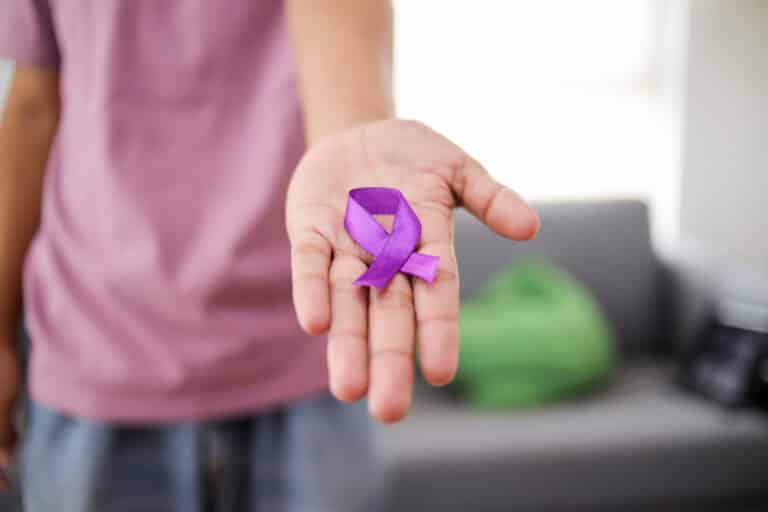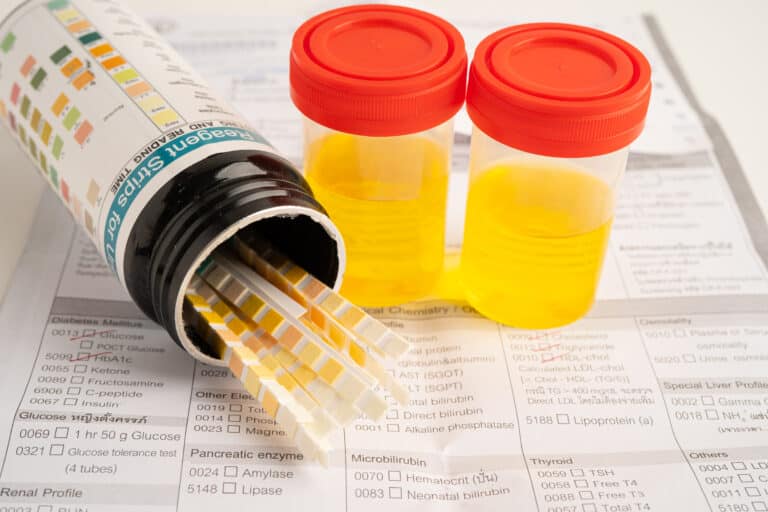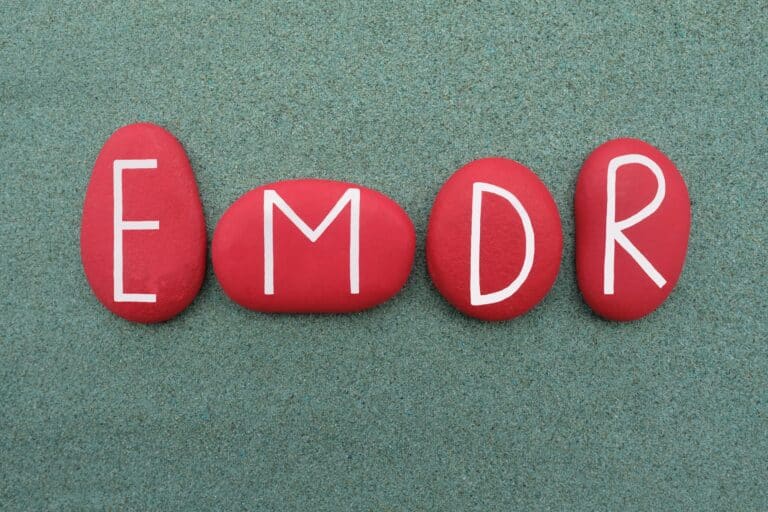America is reeling from the opioid epidemic. In 2019 alone, more than 70,000 people died from a drug overdose. More than 10 million Americans misused prescription opioids, many for the first time.
One reason why opioid addiction is so prevalent is withdrawal. Even if a person has incredible willpower, withdrawal can cause them to return to opioid consumption. Precipitated withdrawal is maybe even more difficult.
What exactly is withdrawal? What is the difference between withdrawal and precipitated withdrawal? What are the signs of both, and what can a person do to avoid a painful withdrawal?
Answer these questions to get the truth about opioid addiction and recovery. Here are the facts.
The Essentials of Withdrawal
Withdrawal occurs after a person scales back or eliminates their drug use. If drug use continues for a continuous period of time, a person’s brain and body can become dependent on it. They need it for dopamine, a pleasurable hormone that uplifts the mood and helps the immune system.
When the supply of drugs is cut off, dopamine levels also drop. As a result, the individual feels unpleasant symptoms throughout their entire body.
The term “acute withdrawal” refers to the same thing as withdrawal. Some medical practitioners use the term to distinguish between it and precipitated withdrawal.
Common Withdrawal Symptoms
Each person experiences withdrawal differently. Their experience depends on how long they’ve been using, what substances they use, and what their overall health is. There are some symptoms that many people feel, but they are not universal.
Most people begin to experience withdrawal symptoms 24 hours after they stop using. They may feel restless, unable to sleep, or sit still. Their muscles may begin to ache, and their eyes start to water.
These symptoms can last as time goes on, but a person usually experiences more intense phenomena. They may have diarrhea, stomach cramping, and nausea. Their heart may begin to beat quickly, with their blood pressure rising.
Most people who have withdrawal feel extreme anxiety. Their high heart rate may lead them to believe that they suffer a heart attack or heart palpitations. The fear causes many people to use drugs again so they can slow their hearts down.
Babies who were born to mothers who used drugs while pregnant may experience withdrawal. Some have digestive issues, while others appear dehydrated. On rare occasions, babies can have seizures.
Though withdrawal symptoms may be frightening, they are not signs of a significant medical problem. Symptoms lessen within three days, and a person may notice no symptoms after a week.
What Is Precipitated Withdrawal?
Precipitated withdrawal is a distinct kind of withdrawal. It occurs when a person who has used opioids begins taking opioid antagonists. The antagonist binds to receptors in the brain, preventing opioids from affecting dopamine levels.
The brain is dependent on opioids, not drugs in general. The displacement that the new drug causes sends a person into withdrawal.
Several kinds of medications can lead to precipitated withdrawal. They include naloxone, which is commonly prescribed to stop opioid overdoses.
Acute withdrawal weans the brain off of opioids. But precipitated withdrawal removes opioids all at once. This means that symptoms can last longer and be more intense.
Signs of Precipitated Withdrawal
Precipitated withdrawal symptoms are similar to acute withdrawal. But more advanced symptoms happen more quickly.
A person’s pulse rate may shoot upward, even if they are not engaging in exercise. They may begin to sweat profusely and feel flushed. They may feel jumpy or restless, unable to sit still for a few seconds.
An individual’s eyes may start to water, making it hard for them to see. At the same time, their pupils may become dilated.
As the withdrawal continues, a person may vomit or have diarrhea multiple times in an hour. They may feel aches in their bones and joints. Their skin may develop goosebumps, which can feel tickling or annoying.
What to Do About Precipitated Withdrawal
Precipitated withdrawal sounds unpleasant, but it is sometimes necessary. If a person is suffering from an overdose, they should receive naloxone right away. Other medications that cause it to help a person reduce their dependency and begin their recovery.
To avoid precipitated withdrawal, individuals should start acute withdrawal. After their symptoms go away, they can then use antagonists to alleviate their dependency.
Anyone going through withdrawal should have someone with them. At a minimum, a friend or family member should be nearby so they can monitor them.
But the best person to go to is a doctor or addiction therapist. Inpatient rehab allows a person to receive around-the-clock support from medical professionals.
Doctors can help a person detox, by administering small amounts of drugs to eliminate their dependency. If someone is experiencing troubling symptoms, doctors can treat them.
Precipitated withdrawal may be a traumatic experience. Anyone who goes through it can engage in talk therapy to address what just happened. They can come up with ways to cope with the recent difficult memory.
Once a precipitated withdrawal is over, an individual should try to commit to recovery. They can relapse and suffer through withdrawal again if they don’t take the opportunity to get support.
The Truth About Withdrawal
Withdrawal is one of the leading causes of relapse. A person’s brain and body can become dependent on opioids. When opioids are removed, someone may experience problems with their digestion, mood, and nervous system.
Precipitated withdrawal occurs when an antagonist blocks opioids from binding to an individual’s brain. Symptoms can be more intense and frequent.
People should use antagonists to end their addictions. They can get support from medical professionals and then begin their recovery journey. No one has to go far to recover from drugs. Southern California Sunrise Recovery Centers serve Laguna Niguel and Mission Viejo. Contact us today.






